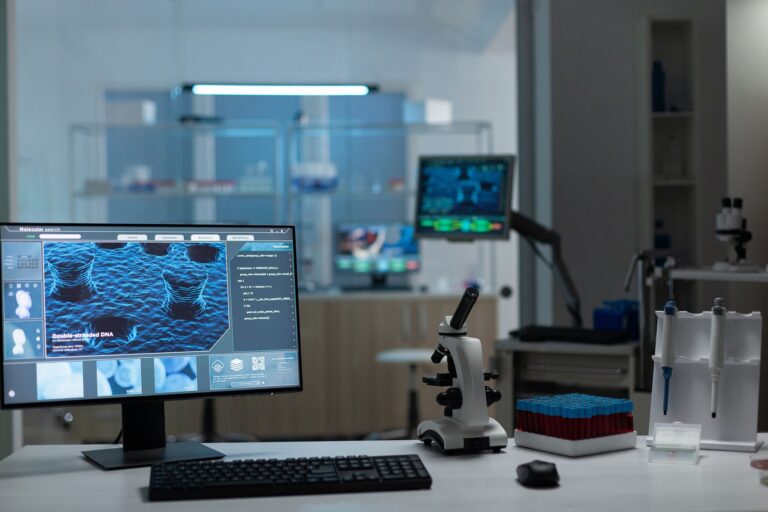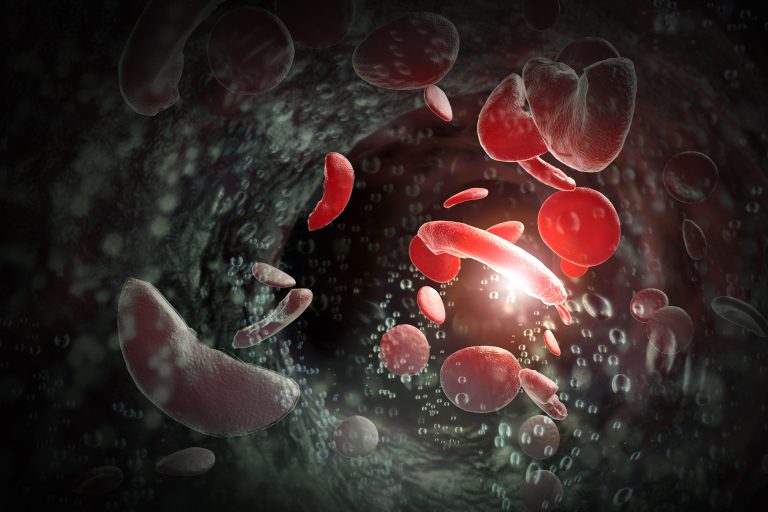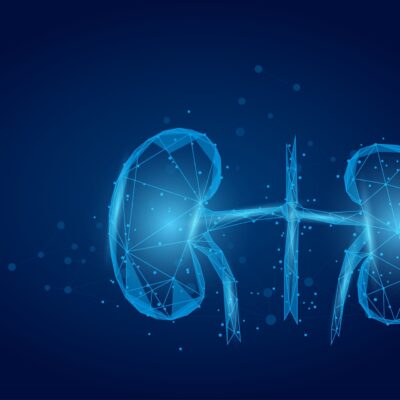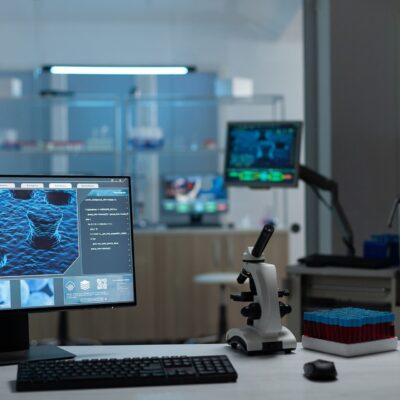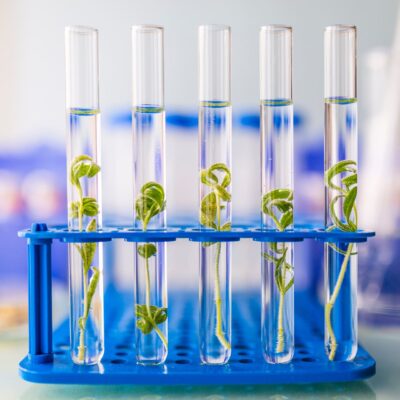What is meant by validation of the analytical process?
Before we can appreciate the complexities of analytical validation, it’s essential to understand its definition within the clinical trial framework. Validation of analytical process is synonymous with dependability. It is through this systematic scrutiny that methods prove their worth – delivering precise, accurate, and reliable data that meet rigorous standards.
Validation affirms the method’s capability to consistently produce reliable results, maintaining the credibility of clinical trials. It focuses on critical attributes like specificity, sensitivity, linearity, range, and robustness. From a regulatory perspective, validation is non-negotiable – it’s the evidence that the analytical method can withstand rigorous examination. Most importantly, it furnishes clinicians and researchers with data they can trust for making pivotal decisions in drug development.
Specific examples demonstrating the importance of validation include:
- Regulatory bodies often require method validation as part of the approval process for a new drug.
- Validation studies must demonstrate that a measurement method works exactly as intended for the specific drug or biological material in question.
- It ensures that any claims made based on the data are supported by robust, reproducible evidence.
Validation of analytical process serves as a gatekeeper, ensuring that only methods which satisfy rigorous performance criteria are employed in the high-stakes environment of clinical trials.
Why is it important to validate an analytical process?
When we discuss the necessity of validating an analytical process, we are ultimately referring to the maintenance of a gold standard for clinical data. It’s a foundational practice that supports every aspect of clinical trials, from safeguarding patient safety to meeting precise regulatory requirements.
The main thrust of validating an analytical process is to ensure results are accurate and repeatable. It’s not an option, but a regulatory imperative. Noncompliance is not just unacceptable but also illegal. This process endows the research with a reproducibility feature; different labs can produce the same results, which is crucial for collaborative trials.
It highlights method limitations and pinpoints potential errors, thereby streamlining risk management.
Lastly, high-quality data from validated processes is the bedrock of informed decision-making, affecting everything from drug efficacy to market authorization. To provide this significance, consider the following points:
- Results from validated processes are more likely to withstand the scrutiny of peer review in scientific publications.
- It enables investigators to catch errors early, avoiding costly trial delays or terminations.
- Validated methods contribute to smooth regulatory audits and reviews.
Validation is essential for the foundation of clinical research. It binds together the various elements of reliability, compliance, reproducibility, risk control, and informed decision-making.
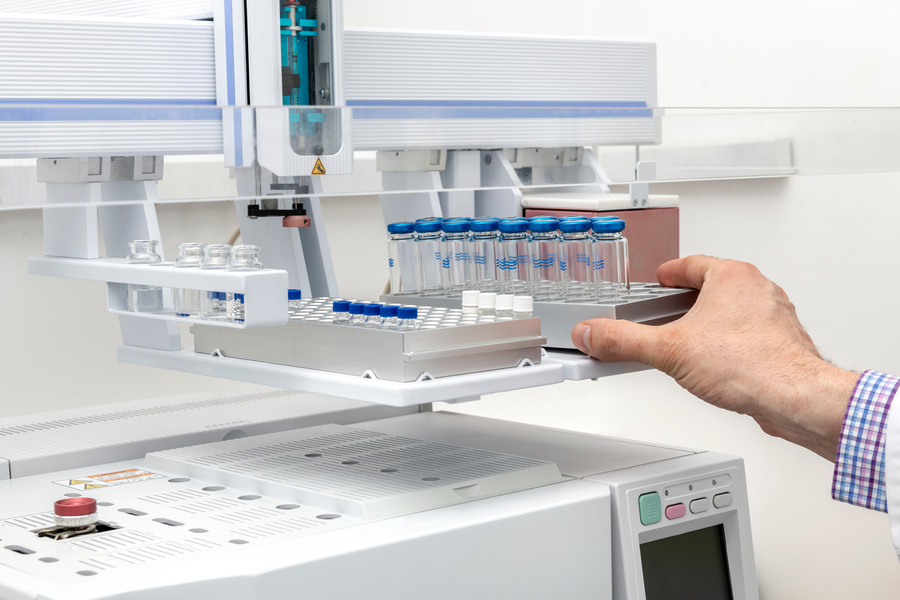
What are the key components of an analytical process that need validation?
Exploring further into the area of analytical validation reveals several essential elements. These foundational components require careful scrutiny to ensure that the analytical process is suitable for its important objective.
Each stage, from precision to accuracy to specificity, calls for careful calibration tailored to the clinical scenario. Calibration curves and quantification techniques come under the spotlight, as they play pivotal roles in the accuracy of results. System suitability tests function as a green light, signaling that the analytical system is primed for action. Sample handling protocols cannot be overstated; from storage to preparation, every detail could affect the stability and consistency of the analytes. Quality control samples are interspersed within the analytical batch, serving as sentinels, guarding the integrity of the data process.
Here are concrete illustrations of these elements in action:
- Routine checks of instrument precision ensure that results can be compared across multiple trials.
- Method-specific protocols are developed and documented precisely for each type of analysis, whether it be chemical, physical, or biological.
- Quality control samples, such as blanks and control samples, are analyzed with each batch to monitor the performance.
In essence, these components form the backbone of validation of analytical process, ensuring that every part of the process aligns with the high standards expected in clinical trials.
How often should an analytical process be validated?
While it may seem that a one-time validation would suffice, the dynamic nature of clinical trials predicates a more frequent appraisal of analytical procedures. Like any high-performance machine, constant checks ensure unerring precision.
Initial validation of analytical process is a given – it sets the stage for the ensuing trial by confirming method adequacy. Trials are lengthy, and over such periods, changes are inevitable. Periodic re-validation adapts the method to such evolutions. Significant alterations to the method or equipment wish for a new round of validation, ensuring nothing is left to chance. Product modifications could bring undue influence on analytical outcomes—hence, re-validation becomes critical. Finally, unexpected results prompt an immediate re-validation to get to the root of the discrepancies.
Examples to highlight the critical timing of validations include:
- Validation checks may be scheduled quarterly, leading to adjustments in testing protocols if necessary.
- When alternative reagents are introduced, validation ascertains no dramatic shifts in results.
- A trial’s expansion to include additional patient groups might warrant a fresh validation to ensure consistent analytic performance across varied populations.
Validation timing is not arbitrary. It is scheduled by necessity, driven by the change and designed to guarantee the most trustworthy results at every stage.
The nexus of accuracy in analytical method validation
Striving for accuracy in validation of analytical process is like searching for the truth. This parameter is central, serving as a barometer for the method’s fidelity in representing the actual concentration of an analyte.
It calls for rigorous tests, a series of methodical challenges to verify the method’s capability to perform accurately in the designated context. Such precision is primary to the convictions drawn from clinical trial results – their dose-response relationships, toxicity profiles, all require an unerring analytical method. Regulatory entities, including the FDA (Food and Drug Administration) and EMA (European Medicines Agency), enforce strict validation for a reason. The data serves as the foundation upon which pharmacological trust is built.
In practice, we witness accuracy’s importance in scenarios such as:
- Comparative studies where new analytical methods are benchmarked against established ones for equivalency.
- Accuracy tests involving recovery studies, where known amounts of analytes are added to matrixes, and their recovery rates are evaluated.
- Cross-validation studies performed by independent laboratories reinforce the robustness of the original method’s accuracy claims.
Ultimately, accuracy is not a static feature but a dynamic characteristic continuously evaluated to uphold the highest standard in clinical trial research.
Illuminating real-world applications: validation of the analytical process example
Practical examples serve as powerful testimonials to the real-world implications of validating analytical methods.
The main point is to make sure methods can withstand the challenges of clinical decision-making. This involves thorough assessments such as accuracy, precision, specificity, and sensitivity. Setting up reference standards and including quality control samples adds an unbiased measure to the process. Methods need to undergo robustness testing to demonstrate their ability to endure different conditions without failing.
Examples of validation in action include:
- When developing methods for a new biological marker, multi-laboratory studies demonstrate method robustness and reproducibility.
- Implementing stability testing for samples that may be exposed to different temperatures during storage or transport.
- Validation studies that take into account real-world complexities, such as patients with certain underlying conditions that could affect assay performance.
Each example underscores how validation translates sophistication into simplicity, abstracting assurances for stakeholders from the complexities of the process.
Ensuring trust in trial data through validation of analytical process
The validation of the analytical process is like a silent protector during clinical trials. It may not grab the spotlight, but it works tirelessly behind the scenes to ensure that the data used to develop new treatments is solid and reliable. By focusing on being fair, accurate, and consistent, this important but often overlooked procedure helps maintain the honesty of scientific research and the progress of healthcare innovation. No matter how much things change in the industry, one thing remains clear: it’s absolutely crucial to double-check the methods we use to turn ideas into new treatments for the future.




